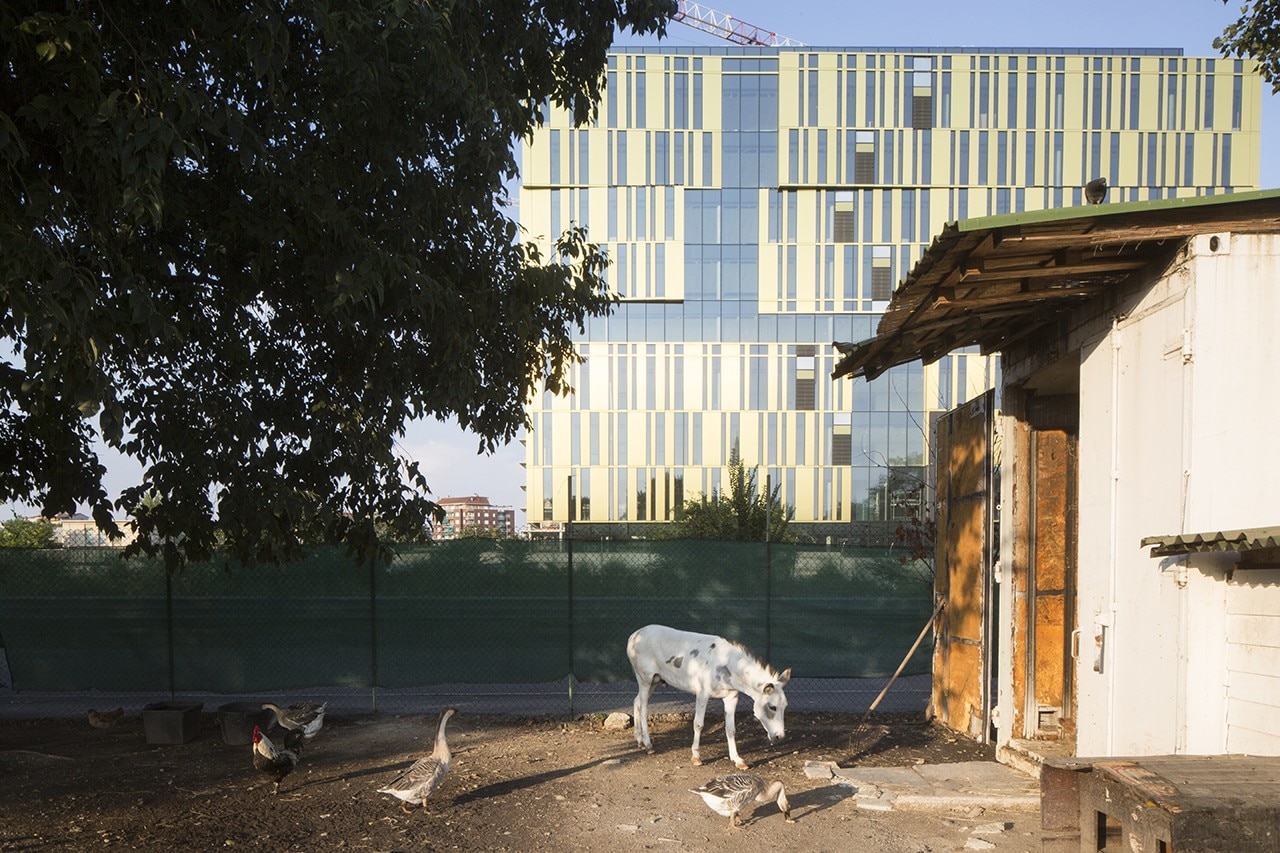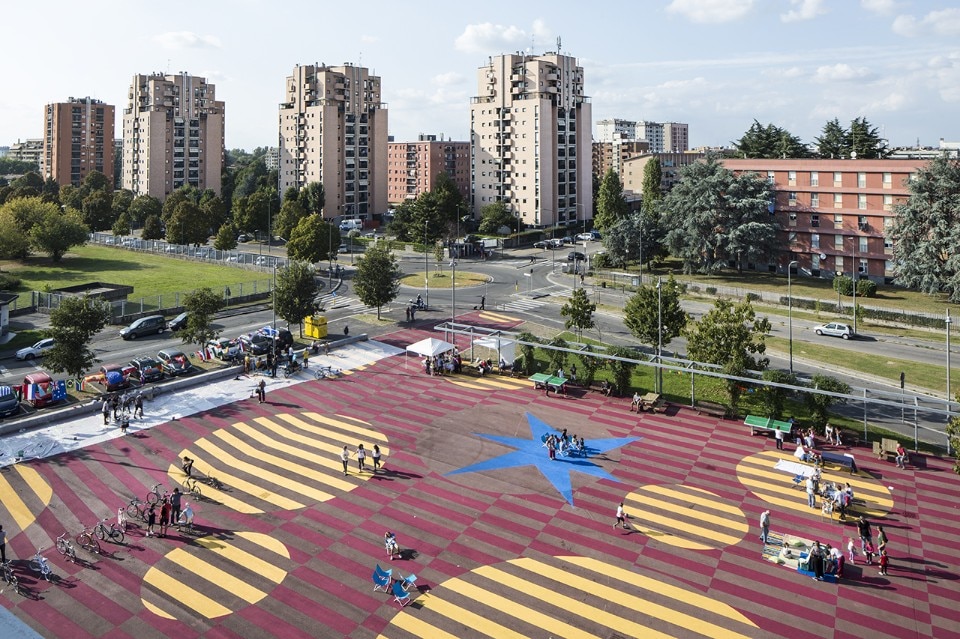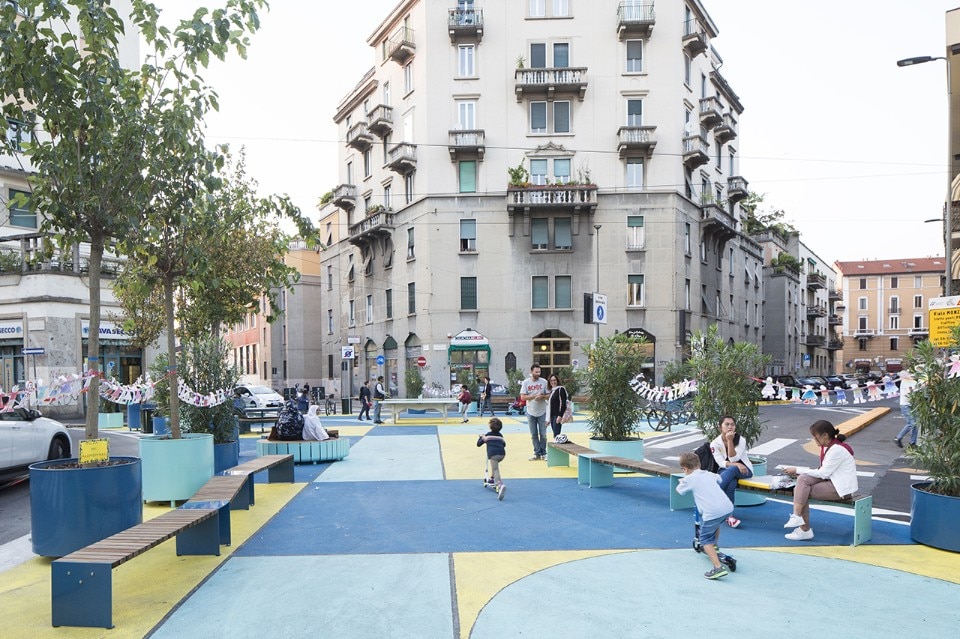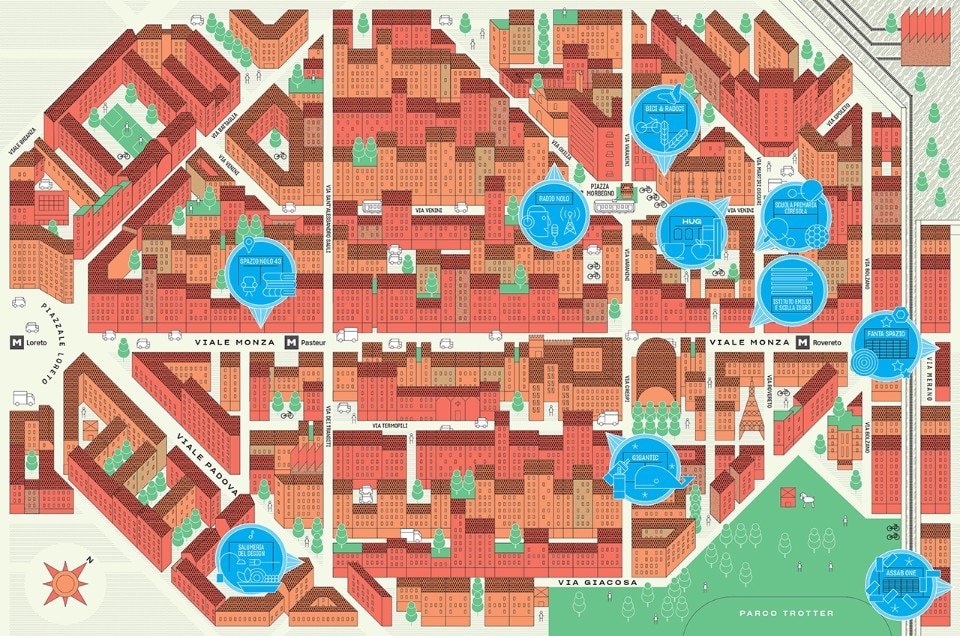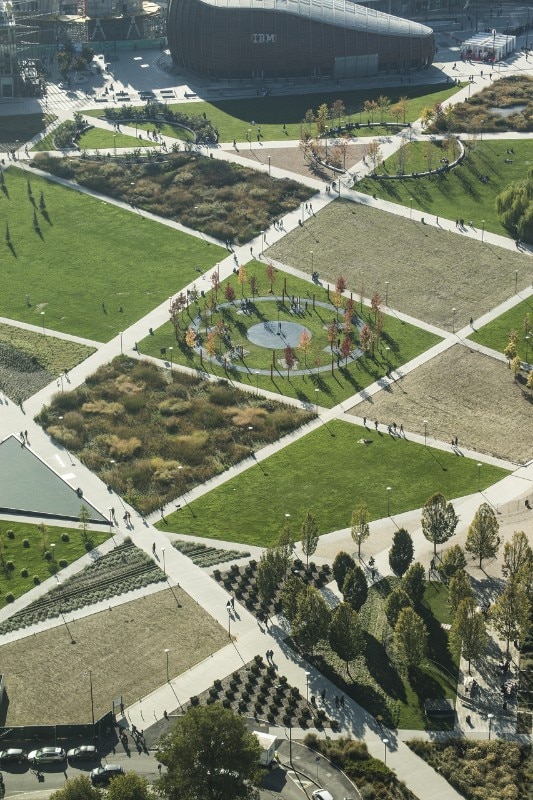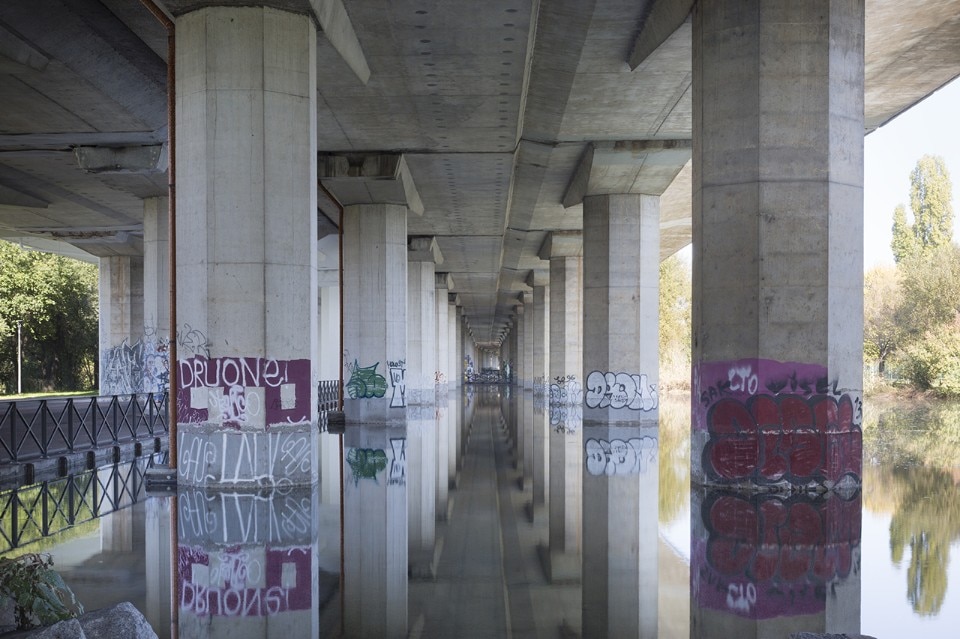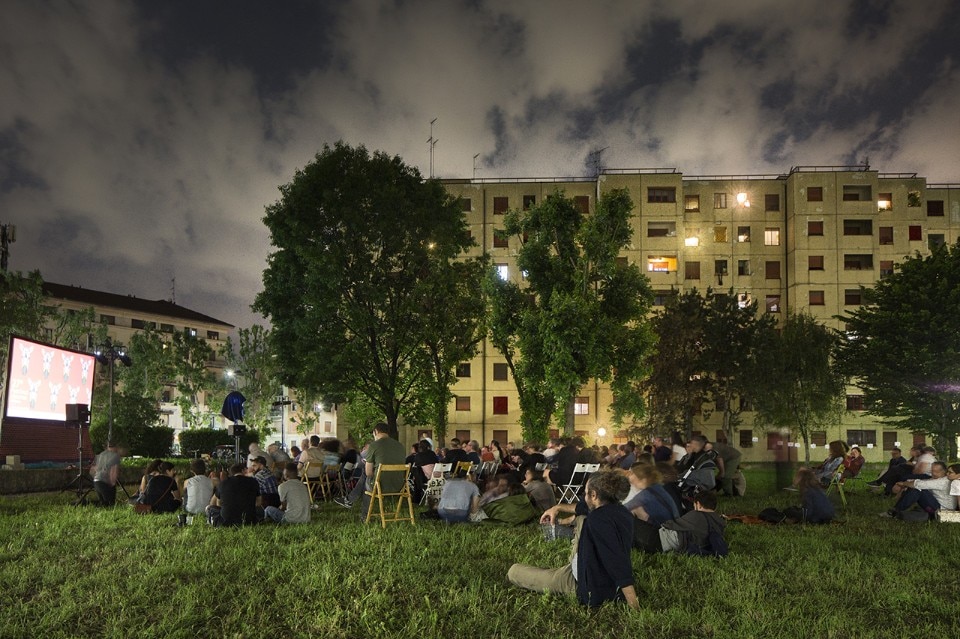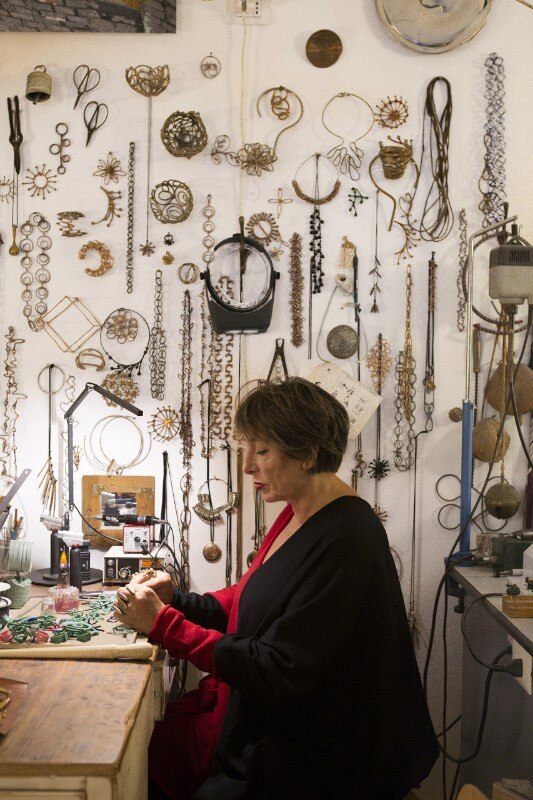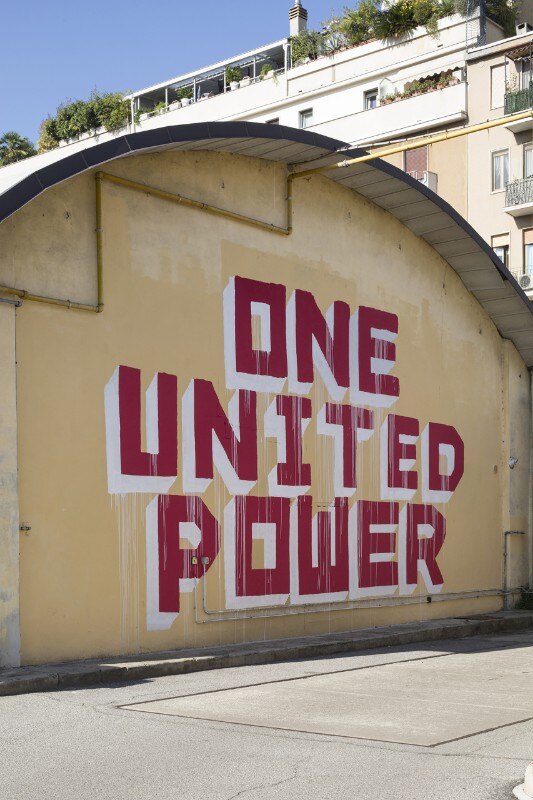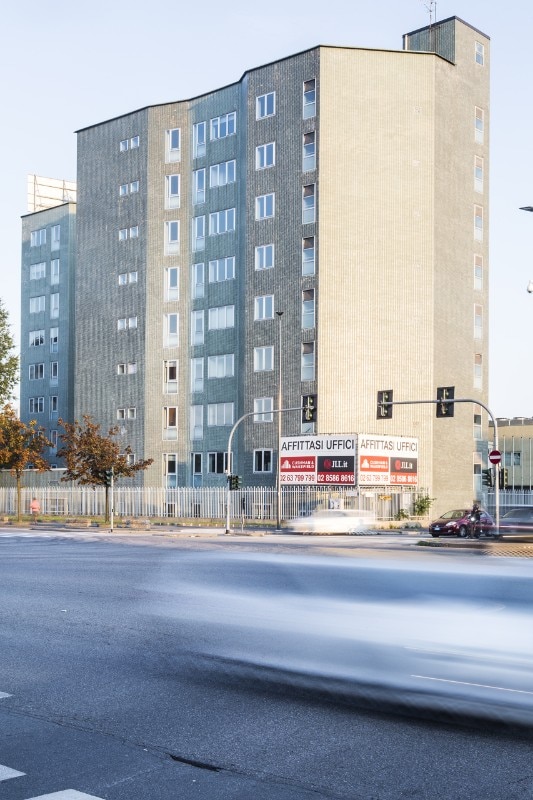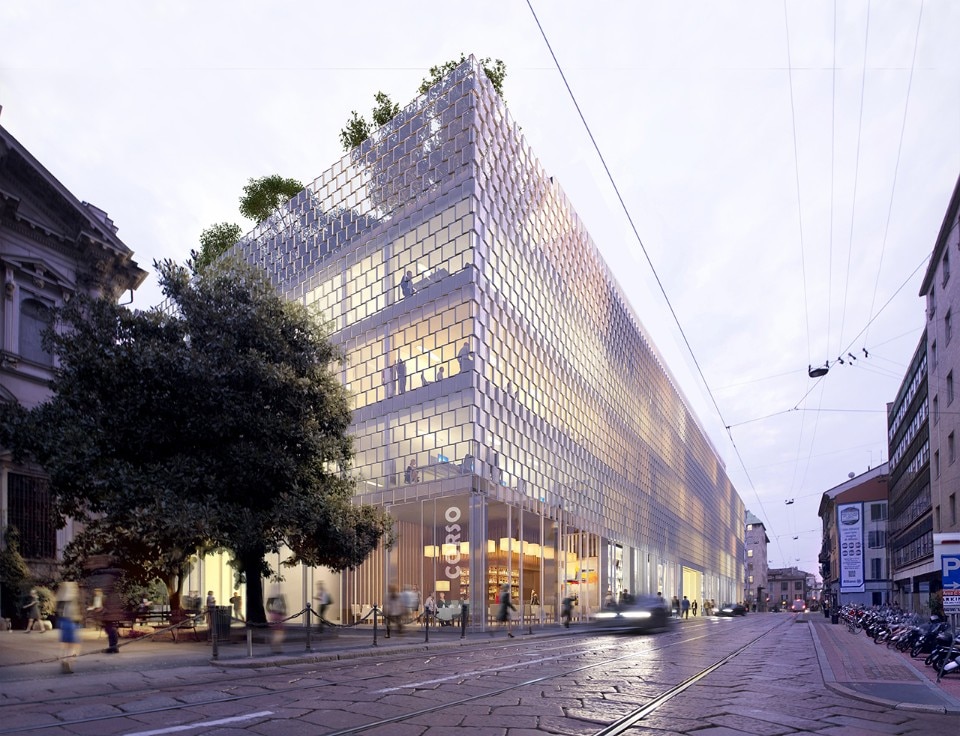Milano.Italia is our third experiment at recounting the social, industrial and architectural changes shaping the contemporary face of the country, beyond the opposed yet complementary stereotypes of decline or rebirth. Devoted to Milan, this issue seeks to investigate the character of the city that, more than any other in Italy, has embodied change in recent decades, growing from a large city to a European city with an international force of attraction. All the economic and statistical indicators confirm Milan’s vitality. Since the 2015 Expo, it has been experiencing a boom in some ways like the euphoria aroused by the 1881 Exhibition after the unification of Italy, the period that launched the myth of Milan as Italy’s “moral capital”. At that time the structure of the centre was extensively redeveloped, endowing the city’s heart around the cathedral with a new monumental character equal to the times, in the ambition to compete in the great concert of European capitals.
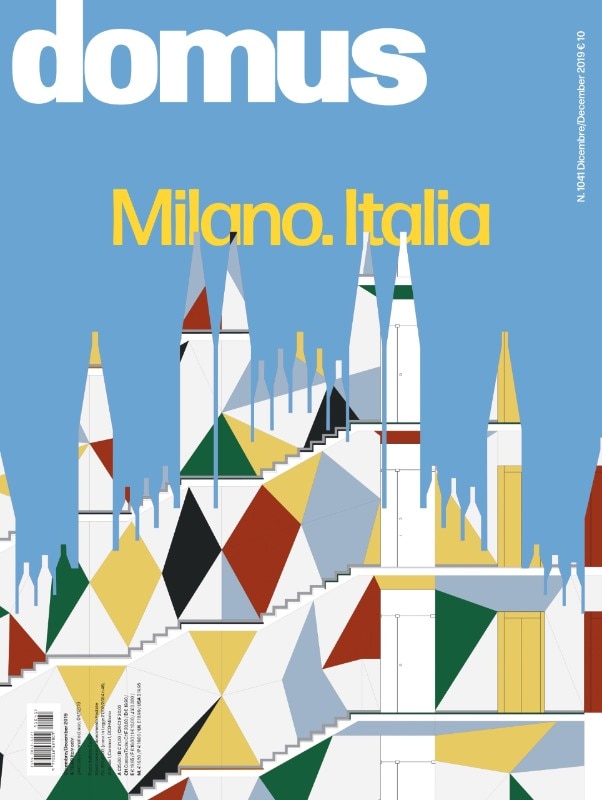
The Exhibition, then as now, revealed a confidence in progress that the city had never publicly admitted to possessing, but which was expressed in its pride at placing technology at the disposal of progress, magnificently celebrated in 1881 with the legendary Ballo Excelsior at the Teatro alla Scala and, in 2015, with the more questionable sound and light shows in the Expo area. Analysis of the figures – which converge despite originating. From different sources – reveals a city where population and productivity are increasing. Milan emerges as a metropolis where the declining weight of factories that formed its iron belt is now being offset by the growth of new forms of diffused production, supported by the cultural tradition of design in all its possible forms and variants backed by digital technologies. The Global Cities of the Future study, as well as the recent Domus ISPI research presented at domusforum “The Future of Cities. Energy” on 10 October, crown the Lombard metropolitan area as among the world’s richest. The reports also indicate Milan as the first productive excellence of Italy and one of the principal hubs of the global economy that rests on the world’s great cities.
The latest data released by Assolombarda likewise reveals that in the last five years Milan has contributed almost 10 per cent of the GDP. Tourism represents one of the most significant new economic factors: 6.821 million arrivals in 2018 are a truly striking result for a city invariably described as a business destination rather than an entertainment hub. These numbers reflect Milan’s role in driving the Italian economy, as in the golden age of the boom years that launched the image of Milan as a refined and productive city, a capital of fashion, industry, design and architecture. The figures confirm the common perception of a successful city, a cool Milan where the economy of finance and production is combined with a general revival of private initiative in the commercial sector, numerous start-ups and the at tractiveness of its real estate investment. In a few years, this has radically changed urban patterns, creating new and unexpected polarities, from the inner centre to the periphery.
The best-known aspect of this Milanese metamorphosis from an industrial to post-industrial city is usually associated with its new architecture, the skyline of towers encircling the centre and the construction of whole districts on the city’s outskirts, marking a sharp break with the landscape of the last phase of modernist Milan between 1950 and 1970
Significantly, Milan is increasingly in demand as a location for movies and commercials. With the repositioning of its brand triggered by Expo – to use the terminology of real estate marketing – and the urban regeneration projects that have refashioned whole neighbourhoods in the inner and outer city, the numbers (with 717 filming permits issued in 2018) are advancing in stellar proportion, making ancient or very modern buildings – from the Navigli canals to Piazza Gae Aulenti, from Bicocca to the Castle – increasingly fashionable and identifying Milan with its architecture. The best-known aspect of this Milanese metamorphosis from an industrial to post-industrial city is usually associated with its new architecture, the skyline of towers encircling the centre and the construction of whole districts on the city’s outskirts, marking a sharp break with the landscape of the last phase of modernist Milan between 1950 and 1970.
The upsurge in the literary genre of architectural guides, as well as the interest of magazines in the most diverse sectors, has broadly helped to popularise the landmarks of the third Milan, largely due to the arrival of cultures alien to its urban tradition. Yet in the best cases, they have been fused with that tradition in a positive effort to hybridise their interpretations. This December issue of Domus, however, seeks to recount another aspect of the transformation: a more domestic face on the scale of the urban fabric, with its porosities and certain distinctive features bound up with stories that are minute, but for this reason the embodiment of lived experience. It comes from a gaze – Filippo Romano’s photographic eye – that shows how the way we use the city and equip it has changed and continues to change, in view of a reconfiguration which mainly affects its collective places: streets, squares (existing and above all future), the occupation of residual and disused spaces.
This collective grass-roots portrait reveals a city that comes to life in the behaviour of its inhabitants and visitors, and is increasingly international in its concern to foreshadow the social aspects of the 21st-century city. It is a portrait in which euphoria and legitimate pride in its achievements are accompanied by the difficulties of those who are unable to keep pace with the changes, or who even feel excluded from them. In the activities of the many foundations, non-profit associations and various forms of voluntary service constituting a primacy that can never be over-recited, Milan has the resources and sensibility to correct the triumphalism of marketing and guide its development towards a truly social city. The portrait presented by Domus also speaks of this, where the real protagonists are the people, their enthusiasm and their labour.


